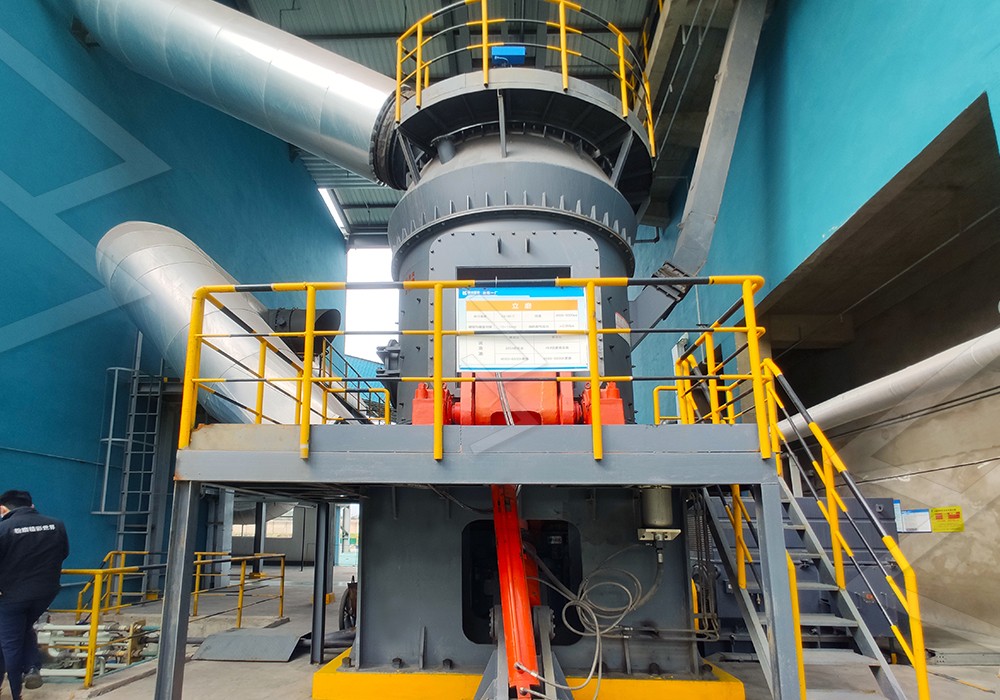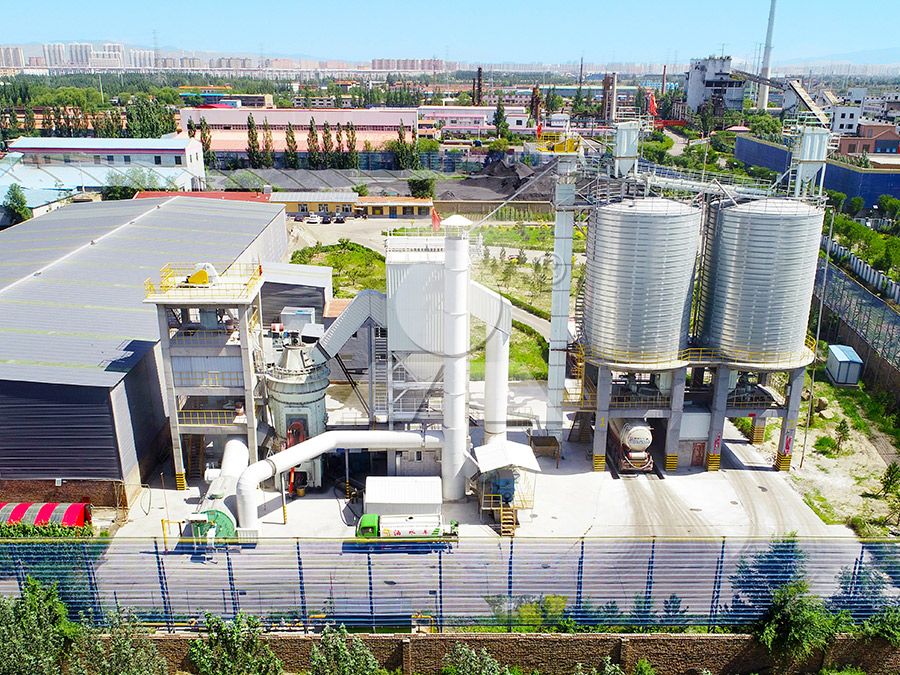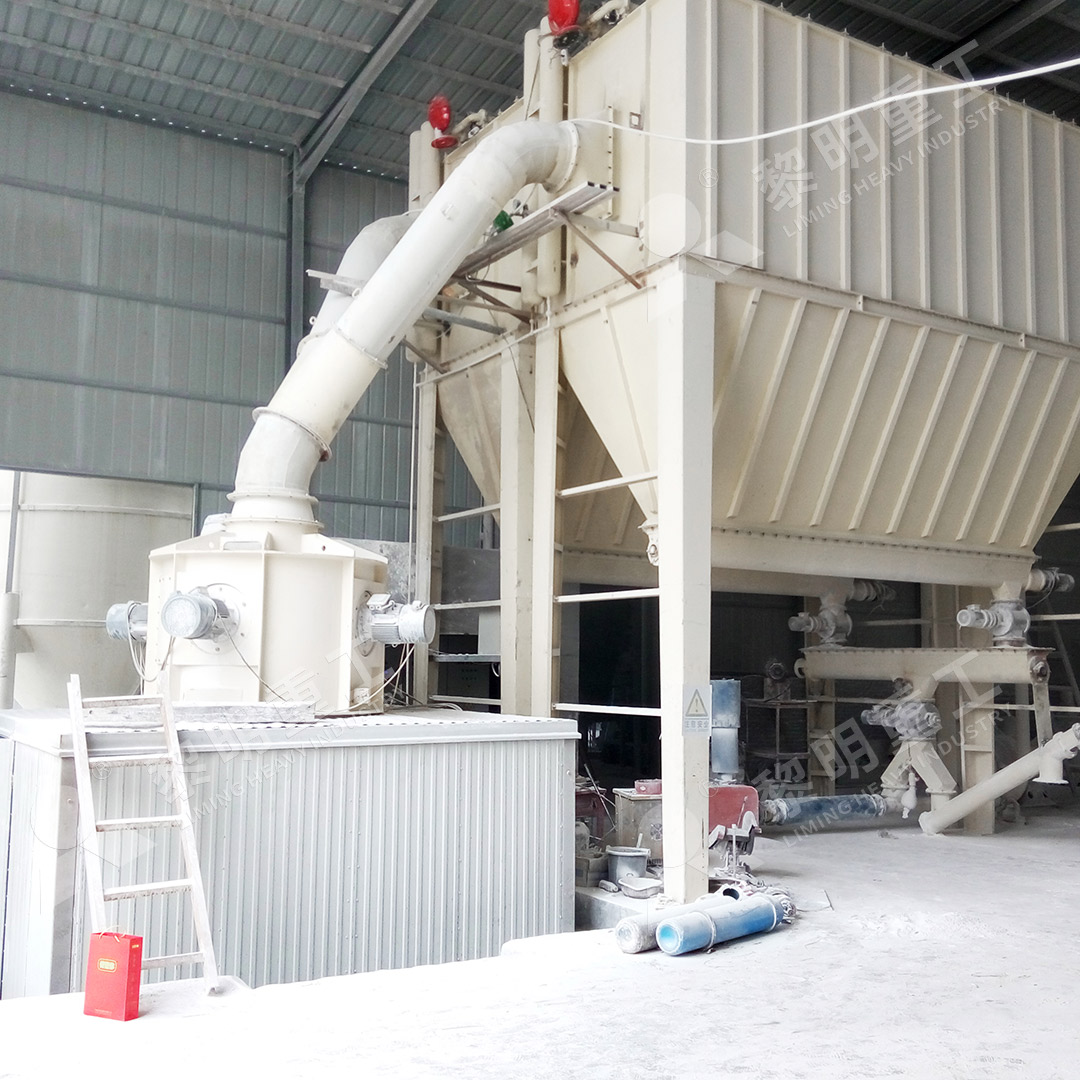How to Choose the Right Grinding Mill for Blast Furnace Slag and Electric Furnace Slag?
How to Choose the Right Grinding Mill for Blast Furnace Slag and Electric Furnace Slag?
Selecting the appropriate grinding equipment for slag processing represents one of the most critical decisions in mineral processing operations. Both blast furnace slag (BFS) and electric arc furnace slag (EAFS) present unique challenges that demand specialized milling solutions. The chemical composition, abrasiveness, and desired final application of the processed material all play pivotal roles in determining the optimal grinding technology.
Slag, a byproduct of metallurgical processes, requires careful consideration of several factors before mill selection. The hardness typically ranges between 5-7 Mohs, while the moisture content can vary significantly depending on cooling methods. Furthermore, the final product specifications—whether for cement replacement, concrete additive, or other construction applications—will dictate the necessary fineness and particle size distribution.

Key Considerations for Slag Grinding Mill Selection
Throughput Requirements
Production capacity needs vary significantly between operations. Small-scale processors might require systems handling 0.5-5 tons per hour, while large industrial plants may need equipment capable of processing 50-100 tons hourly. The mill’s capacity must align with both current production targets and future expansion plans.
Final Product Fineness
Different applications demand specific particle sizes. Cement replacement typically requires material ground to 400-500 m²/kg Blaine surface area, while higher-value applications might need ultrafine powders reaching 800-1000 m²/kg or finer. The grinding system must offer flexibility to adjust product fineness according to market demands.
Energy Efficiency
Grinding operations account for a substantial portion of processing costs. Modern mills can reduce energy consumption by 30-50% compared to traditional ball mills, making efficiency a crucial economic factor. Systems with integrated drying capabilities offer additional savings when processing moist materials.

Specialized Solutions for Slag Processing
After extensive testing across various slag types, our engineering team has identified particularly effective solutions for these challenging materials. The MW Ultrafine Grinding Mill stands out for operations requiring superior fineness control with moderate capacity requirements.
This advanced system handles input sizes up to 20mm with throughput ranging from 0.5 to 25 tph, making it ideal for specialized slag applications. What distinguishes this technology is its exceptional fineness adjustment capability—producing powders between 325-2500 meshes with screening rates achieving d97≤5μm in a single pass. The innovative design eliminates rolling bearings and screws from the grinding chamber, significantly reducing maintenance concerns and potential contamination from mechanical wear.
The MW Ultrafine Grinding Mill incorporates German powder separation technology through its cage-type selector, ensuring precise classification while consuming 30% less energy than conventional jet mills. For operations prioritizing product purity, the absence of direct mechanical contact in critical areas minimizes iron introduction, preserving the chemical properties essential for high-value slag applications.
Operational Advantages in Slag Applications
Beyond the technical specifications, practical operational benefits make certain mill types particularly suitable for continuous slag processing. Equipment with external lubrication systems enables maintenance without production stoppages, while integrated dust collection ensures compliance with increasingly stringent environmental regulations.
The reversible structure found in advanced vertical mills allows rapid access to grinding components, reducing downtime during wear part replacement. This feature proves particularly valuable when processing abrasive slag varieties that accelerate component wear.

Making the Final Decision
Ultimately, the optimal grinding mill selection balances multiple factors: capital investment, operating costs, maintenance requirements, and product specifications. For operations targeting the premium slag market with strict quality requirements, the precision and flexibility of the MW Ultrafine Grinding Mill often provides the ideal solution. Its combination of adjustable fineness, energy efficiency, and contamination-free operation addresses the core challenges of value-added slag processing.
Frequently Asked Questions
What is the main difference between grinding blast furnace slag and electric furnace slag?
Blast furnace slag typically has more consistent chemical composition and lower iron content, while electric furnace slag often contains higher metallic iron particles that may require additional separation steps before grinding.
How does the abrasiveness of slag affect mill selection?
Highly abrasive slag varieties necessitate mills with superior wear protection, easily replaceable wear parts, and designs that minimize direct metal-to-metal contact in the grinding zone.
Can the same mill process both slag types effectively?
While possible, optimal results usually come from selecting equipment specifically configured for the predominant slag type in your operation. The MW Ultrafine Grinding Mill’s flexible design accommodates both with minimal adjustments.
What fineness is typically required for slag cement applications?
Most slag cement specifications require 400-450 m²/kg Blaine fineness, though premium applications may demand 500-600 m²/kg or higher.
How important is iron contamination control in slag grinding?
Critical for many applications, as introduced iron can affect concrete setting times, color, and performance. Mills designed without internal screws and bearings in the grinding chamber significantly reduce this risk.
